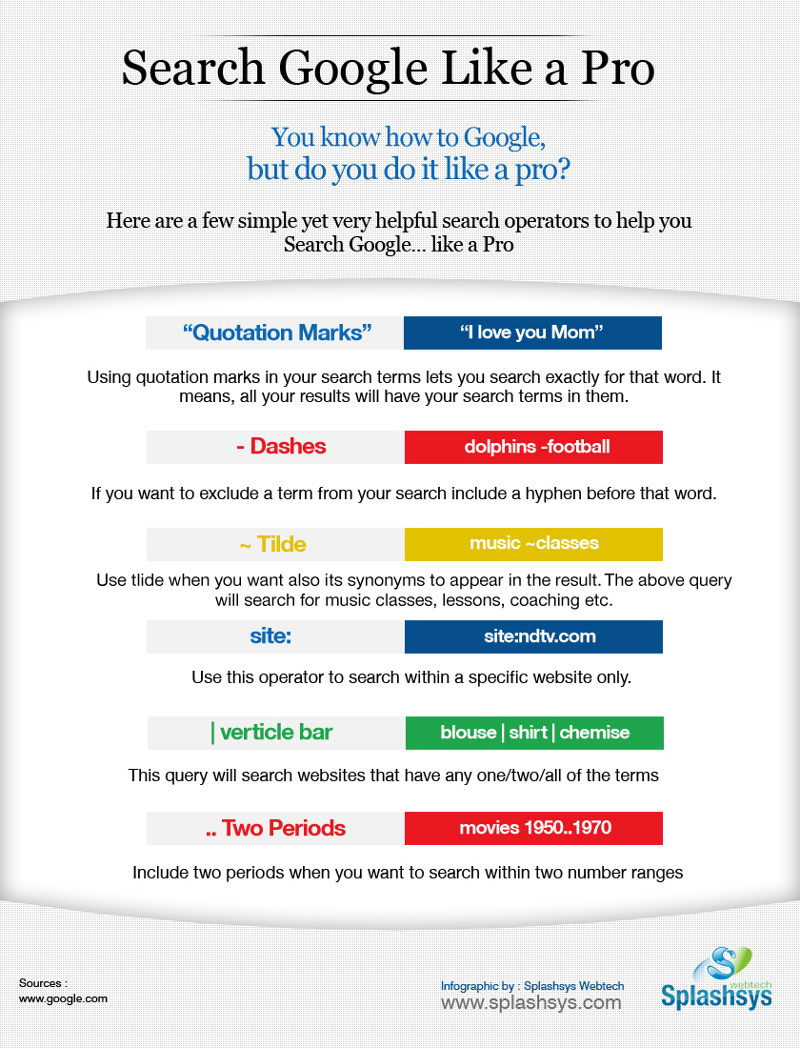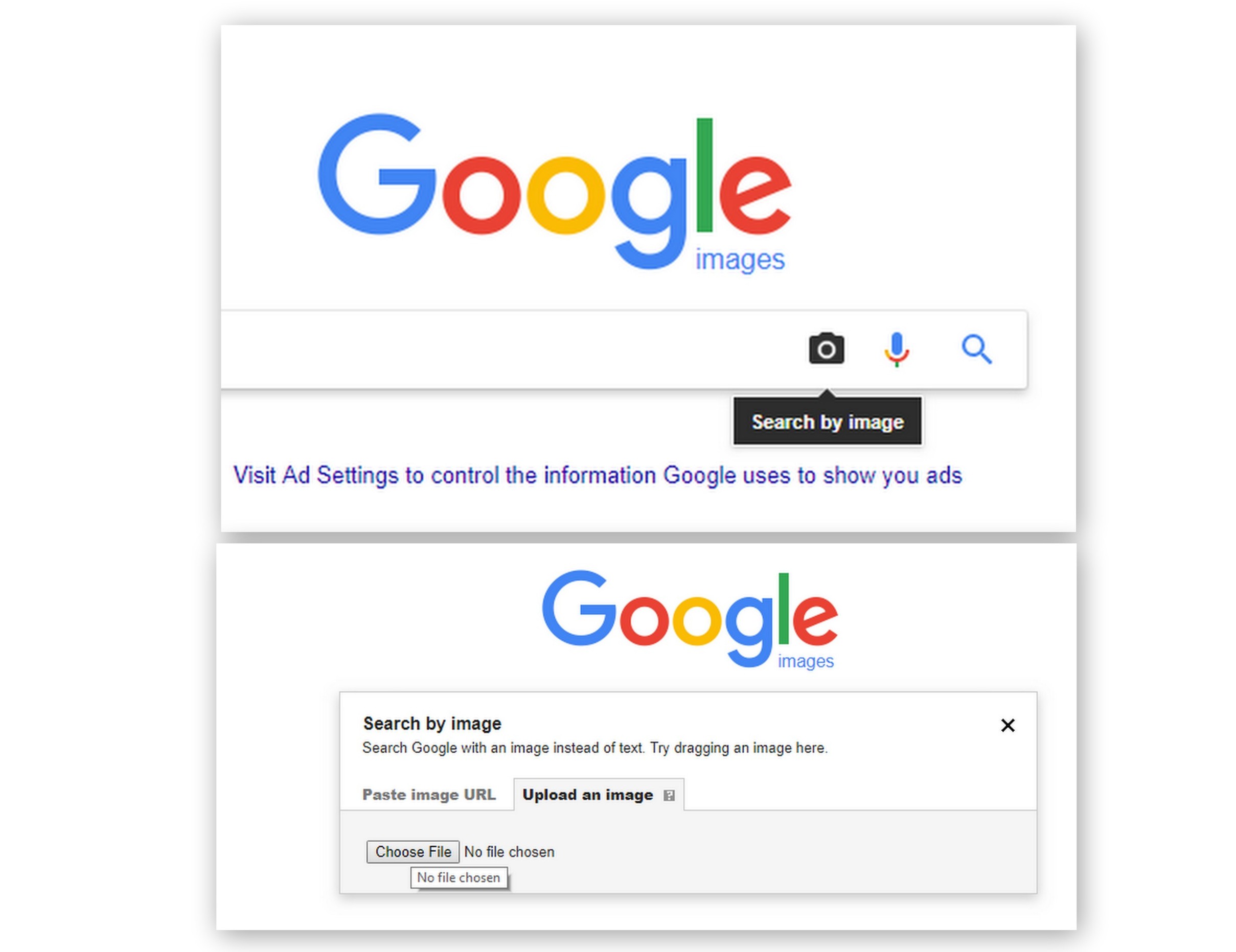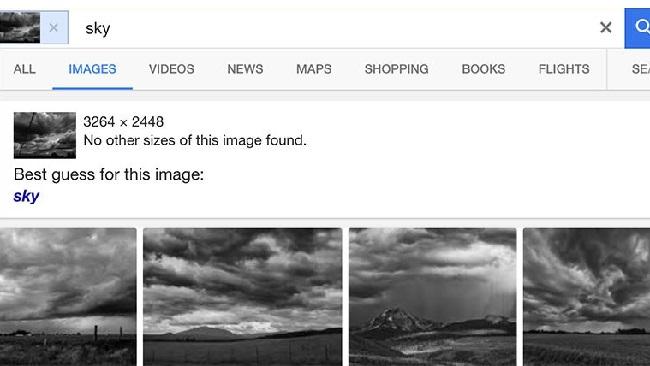Why Reverse Image Search Matters in Today’s Digital Age
In today’s digital landscape, images play a crucial role in communication, marketing, and education. With the vast amount of visual content available online, it’s becoming increasingly important to verify the authenticity and ownership of images. This is where reverse image search comes in – a powerful tool that helps users search for images by uploading or linking to an image, rather than using keywords. By using reverse image search, individuals can uncover valuable information about an image, such as its origin, usage, and potential copyright infringement.
The importance of reverse image search extends to various fields, including marketing, journalism, and education. In marketing, reverse image search can help identify potential copyright infringement and ensure that images used in campaigns are properly licensed. In journalism, it can aid in fact-checking and verifying the authenticity of images used in news stories. In education, reverse image search can facilitate the discovery of new images and resources for research and academic purposes.
Moreover, reverse image search can also help individuals protect their intellectual property. By searching for their own images online, creators can identify potential copyright infringement and take necessary steps to protect their work. This is particularly important in today’s digital age, where images can be easily shared and reproduced without permission.
As the use of images continues to grow online, the need for effective reverse image search tools becomes increasingly important. By utilizing these tools, individuals can ensure that they are using images responsibly and respecting the intellectual property rights of others. Whether you’re a marketer, journalist, educator, or simply an individual looking to verify the authenticity of an image, reverse image search is an essential tool to have in your digital toolkit.
By understanding the importance of reverse image search, individuals can unlock the full potential of visual search and take advantage of the many benefits it has to offer. In the next section, we’ll explore the various tools and techniques available for reverse image search, including popular search engines and advanced search techniques.
Choosing the Right Tools for the Job: Popular Reverse Image Search Engines
When it comes to reverse image search, having the right tools can make all the difference. In this section, we’ll explore some of the most popular reverse image search engines available, including Google Images, TinEye, and Bing Visual Search. Each of these tools has its own unique features and strengths, and understanding their capabilities can help you choose the best one for your needs.
Google Images is one of the most widely used reverse image search engines, and for good reason. With its vast database of images and advanced search algorithms, Google Images can help you find similar images, identify the source of an image, and even provide information on the image’s usage and copyright. To use Google Images, simply upload an image or enter the URL of the image you want to search, and Google will do the rest.
TinEye is another popular reverse image search engine that specializes in image recognition and identification. With a database of over 10 billion images, TinEye can help you find similar images, identify the source of an image, and even provide information on the image’s usage and copyright. TinEye also offers a range of advanced features, including image filtering and sorting, making it a powerful tool for reverse image search.
Bing Visual Search is a relatively new player in the reverse image search market, but it’s quickly gaining popularity. With its advanced image recognition algorithms and vast database of images, Bing Visual Search can help you find similar images, identify the source of an image, and even provide information on the image’s usage and copyright. Bing Visual Search also offers a range of advanced features, including image filtering and sorting, making it a powerful tool for reverse image search.
When choosing a reverse image search engine, it’s essential to consider your specific needs and goals. If you’re looking for a simple and easy-to-use tool, Google Images may be the best choice. If you’re looking for a more advanced tool with specialized features, TinEye or Bing Visual Search may be a better option. By understanding the capabilities and strengths of each tool, you can choose the best one for your needs and get the most out of your reverse image search experience.
In the next section, we’ll explore the importance of preparing your image for search, including resizing, cropping, and editing. We’ll also discuss the importance of image quality and format, and provide tips and tricks for optimizing your images for reverse image search.
Preparing Your Image for Search: Tips and Tricks
When it comes to reverse image search, the quality and format of your image can greatly impact the accuracy of your search results. In this section, we’ll provide tips and tricks on how to prepare your image for search, including resizing, cropping, and editing.
One of the most important factors to consider when preparing your image for search is its resolution. A high-resolution image will generally produce better search results than a low-resolution image. However, it’s also important to note that extremely large images can slow down the search process. A good rule of thumb is to aim for an image resolution of at least 800 x 600 pixels.
Cropping your image can also help improve search results. By removing unnecessary parts of the image, you can help the search engine focus on the most relevant features of the image. For example, if you’re searching for a specific object within an image, cropping the image to focus on that object can help the search engine identify it more accurately.
Editing your image can also be beneficial for reverse image search. Adjusting the brightness, contrast, and color balance of the image can help improve its clarity and make it easier for the search engine to identify. However, be careful not to over-edit the image, as this can distort its features and make it more difficult for the search engine to recognize.
In addition to resizing, cropping, and editing, it’s also important to consider the format of your image. Most reverse image search engines support a variety of image formats, including JPEG, PNG, and GIF. However, some formats may produce better search results than others. For example, JPEG images tend to produce better results than PNG images, as they are more widely supported and can be compressed to a smaller size.
By following these tips and tricks, you can help prepare your image for reverse image search and improve the accuracy of your search results. In the next section, we’ll provide a step-by-step guide on how to search a picture on Google using the Google Images search engine.
How to Search a Picture on Google: A Step-by-Step Tutorial
Searching a picture on Google is a straightforward process that can be completed in just a few steps. In this tutorial, we’ll walk you through the process of searching a picture on Google using the Google Images search engine.
Step 1: Go to Google Images
To start, navigate to the Google Images website by typing https://www.google.com/images into your web browser. You can also access Google Images by clicking on the “Images” tab on the Google homepage.
Step 2: Upload or Enter the Image URL
Once you’re on the Google Images website, you can upload an image or enter the URL of an image you want to search. To upload an image, click on the “Upload an image” button and select the image file from your computer. To enter the URL of an image, click on the “Enter image URL” button and paste the URL into the search bar.
Step 3: Click the “Search by Image” Button
After uploading or entering the image URL, click on the “Search by image” button to start the search process. Google will then analyze the image and provide you with a list of search results.
Step 4: Refine Your Search Results
Once you have your search results, you can refine them by using the filters and operators provided by Google. For example, you can use the “Size” filter to search for images of a specific size, or the “Color” filter to search for images with a specific color palette.
Step 5: View Your Search Results
Finally, you can view your search results by clicking on the images provided by Google. You can also click on the “Visit page” button to visit the website where the image is hosted.
By following these steps, you can easily search a picture on Google using the Google Images search engine. In the next section, we’ll discuss advanced search techniques, including the use of filters and operators, to help you refine your search results.
Advanced Search Techniques: Using Filters and Operators
Once you’ve mastered the basics of reverse image search, it’s time to take your skills to the next level with advanced search techniques. In this section, we’ll explore how to use filters and operators to refine your search results and get more accurate answers to your questions.
Using Quotes
One of the most powerful advanced search techniques is using quotes to search for exact phrases. By placing quotes around a phrase, you can search for that exact phrase and exclude any results that don’t match. For example, if you’re searching for a specific image of a “red apple,” you can use quotes to search for that exact phrase and exclude any results that don’t match.
Using Filetypes
Another advanced search technique is using filetypes to search for specific types of images. By using the “filetype” operator, you can search for images in a specific format, such as JPEG or PNG. For example, if you’re searching for a JPEG image of a “red apple,” you can use the “filetype:jpeg” operator to search for that specific type of image.
Using Site Operators
Site operators are another powerful advanced search technique that can help you refine your search results. By using the “site” operator, you can search for images within a specific website or domain. For example, if you’re searching for images of a “red apple” on the Wikipedia website, you can use the “site:wikipedia.org” operator to search for that specific website.
Combining Filters and Operators
One of the most powerful things about advanced search techniques is the ability to combine filters and operators to create complex search queries. By combining quotes, filetypes, and site operators, you can create highly specific search queries that return accurate and relevant results. For example, if you’re searching for a JPEG image of a “red apple” on the Wikipedia website, you can use the “filetype:jpeg site:wikipedia.org” operator to search for that specific type of image on that specific website.
By mastering these advanced search techniques, you can take your reverse image search skills to the next level and get more accurate and relevant results. In the next section, we’ll explore the availability of reverse image search apps and browser extensions for mobile devices.
Reverse Image Search for Mobile Devices: Apps and Browser Extensions
With the increasing use of mobile devices, it’s no surprise that reverse image search has become a popular feature on smartphones and tablets. In this section, we’ll explore the availability of reverse image search apps and browser extensions for mobile devices.
Google Lens
One of the most popular reverse image search apps for mobile devices is Google Lens. Google Lens is a visual search app that allows users to search for images using their smartphone camera. With Google Lens, users can search for images of objects, animals, and even text. The app also includes features such as image recognition, object detection, and augmented reality.
Search by Image
Another popular reverse image search app for mobile devices is Search by Image. Search by Image is a browser extension that allows users to search for images using their smartphone browser. With Search by Image, users can search for images of objects, animals, and even text. The app also includes features such as image recognition, object detection, and augmented reality.
Other Options
In addition to Google Lens and Search by Image, there are several other reverse image search apps and browser extensions available for mobile devices. Some popular options include TinEye, Bing Visual Search, and Image Search. These apps and browser extensions offer a range of features, including image recognition, object detection, and augmented reality.
Benefits of Mobile Reverse Image Search
Mobile reverse image search offers a range of benefits, including convenience, speed, and accuracy. With mobile reverse image search, users can search for images on the go, without the need for a computer. Mobile reverse image search also offers faster search results, as users can quickly and easily search for images using their smartphone camera.
Conclusion
In conclusion, mobile reverse image search is a powerful tool that offers a range of benefits, including convenience, speed, and accuracy. With the availability of reverse image search apps and browser extensions for mobile devices, users can search for images on the go, without the need for a computer. In the next section, we’ll explore common challenges and solutions for troubleshooting reverse image search.
Common Challenges and Solutions: Troubleshooting Reverse Image Search
While reverse image search can be a powerful tool, it’s not without its challenges. In this section, we’ll address some common issues that may arise during reverse image search and offer troubleshooting tips and solutions.
Low-Quality Images
One of the most common challenges with reverse image search is dealing with low-quality images. If an image is blurry, distorted, or poorly lit, it can be difficult for the search engine to accurately identify it. To overcome this challenge, try using image editing software to enhance the image quality or use a different image that is of higher quality.
Incorrect Results
Another common issue with reverse image search is receiving incorrect results. This can happen if the search engine misinterprets the image or if the image is not accurately labeled. To overcome this challenge, try using more specific search terms or using a different search engine.
Image Not Found
Occasionally, the search engine may not be able to find any matches for the image. This can happen if the image is not well-known or if it is not indexed by the search engine. To overcome this challenge, try using a different search engine or trying a different search term.
Troubleshooting Tips
Here are some additional troubleshooting tips to help you overcome common challenges with reverse image search:
Use specific search terms: Using specific search terms can help the search engine accurately identify the image and return relevant results.
Use image editing software: Image editing software can help enhance the image quality and make it easier for the search engine to accurately identify it.
Try a different search engine: If one search engine is not returning accurate results, try using a different search engine to see if it can provide better results.
Check the image format: Make sure the image is in a format that is compatible with the search engine. Some search engines may not support certain image formats.
By following these troubleshooting tips, you can overcome common challenges with reverse image search and get the most out of this powerful tool. In the next section, we’ll discuss best practices for reverse image search, including ethics and copyright considerations.
Best Practices for Reverse Image Search: Ethics and Copyright Considerations
As with any powerful tool, it’s essential to use reverse image search responsibly and ethically. In this section, we’ll discuss best practices for image usage and attribution, as well as copyright considerations.
Image Usage and Attribution
When using reverse image search, it’s essential to respect the intellectual property rights of image creators. This means properly attributing images to their original creators and obtaining permission to use them if necessary. Failure to do so can result in copyright infringement and other legal issues.
Copyright Considerations
Copyright law protects original works, including images, from unauthorized use. When using reverse image search, it’s essential to ensure that you have the necessary permissions to use the images you find. This may involve obtaining a license or paying royalties to the image creator.
Best Practices for Reverse Image Search
Here are some best practices to keep in mind when using reverse image search:
Always attribute images to their original creators.
Obtain permission to use images if necessary.
Respect copyright law and intellectual property rights.
Use images for personal, non-commercial purposes only.
Be aware of cultural and social sensitivities when using images.
By following these best practices, you can ensure that you’re using reverse image search responsibly and ethically. Remember, the power of reverse image search is a double-edged sword – it can be a powerful tool for discovery and creativity, but it also requires respect for intellectual property rights and copyright law.





